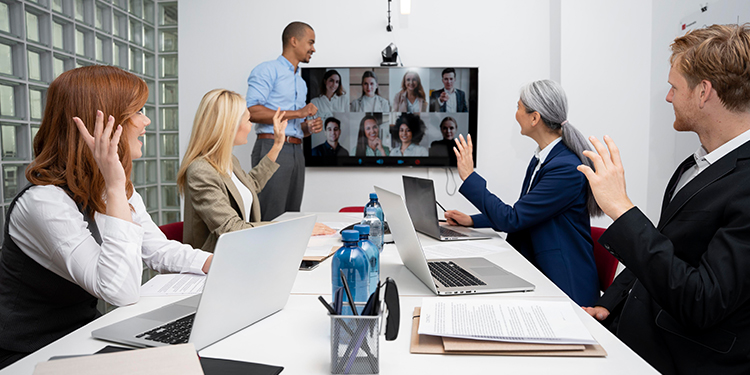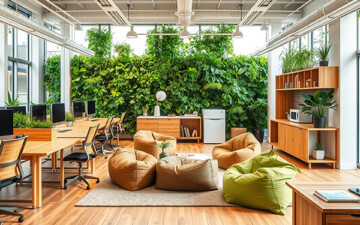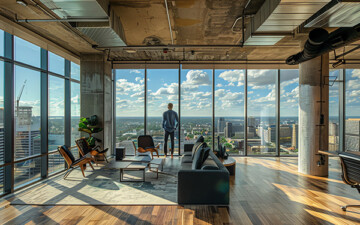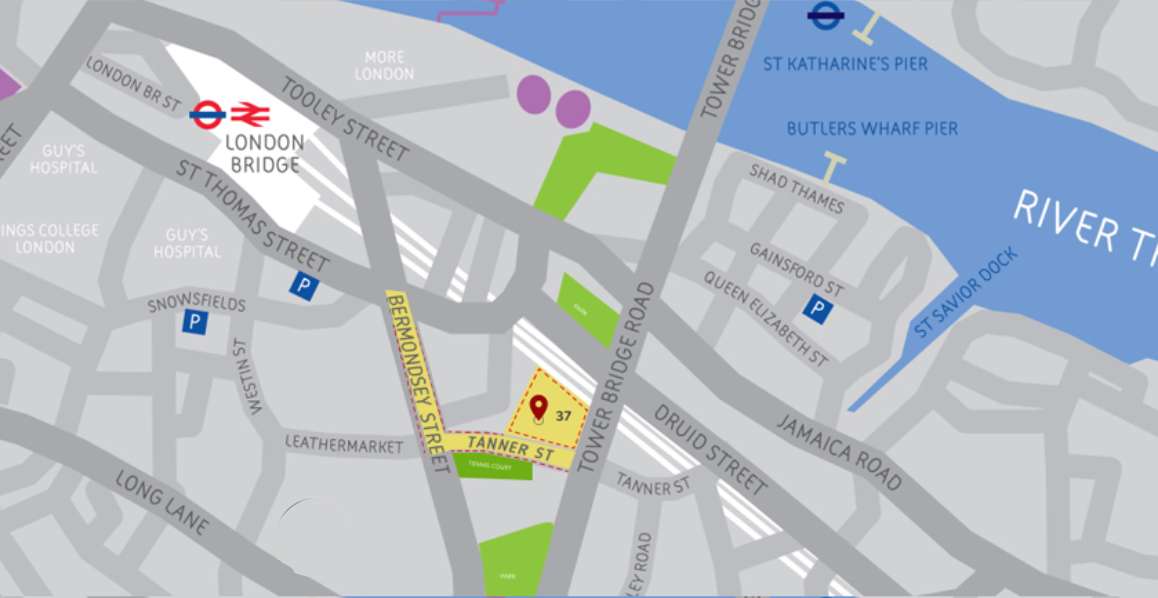As working patterns change continuously, requirements change too. Desks and cubicles may not be enough. Organisations need flexible spaces tailored to a variety of professional needs. Traditional offices once relied on generic rooms for meetings or for presentations. Now, with the rise of coworking spaces, remote work, and hybrid routines, organisations demand tailored rooms to suit different activities.
Among the most commonly used are conference rooms and meeting rooms. Though terms like conference rooms and meeting rooms are often used interchangeably, each space plays a unique role in shaping how teams collaborate, communicate, and make decisions.
How to Choose the Right One
Deciding between a conference room and a meeting room should depend on a few factors. Understanding your specific needs can help you choose the most suitable space.
1. Attendee Count
Start by considering the number of people. If you’re expecting a small group of up to 10 people, a meeting room will be sufficient. For larger gatherings with over 10 attendees, a conference room is better suited to accommodate everyone comfortably.
2. Level of Formality
Think about the tone of the meeting. For casual discussions, internal brainstorming sessions, or informal team check-ins, a meeting room can provide the right setting. However, if the agenda includes formal presentations, decision-making, or reviews, a conference meeting room offers the right structure and professionalism needed.
3. Presence of External Guests
If clients, investors, or other external stakeholders are attending, a business meeting room or a conference room should be an ideal choice. It projects a professional image and is often better equipped for high-stakes interactions.
4. Technology Requirements
Assess what kind of technology the session will require. If a simple screen or whiteboard will suffice, a meeting room should meet your needs. However, if the meeting involves virtual participants, presentations, or needs to be recorded, then the advanced AV setup of a conference room is more suitable.
5. Booking Flexibility
Consider how far in advance the meeting is planned. For impromptu discussions or last-minute catch-ups, meeting rooms are generally easier to book. Conference rooms often need to be booked well in advance and are better for events with a fixed agenda.
Matching the space to your needs empowers better meetings and outcomes, creating an environment where collaboration can thrive.
| Feature |
Meeting Room |
Conference Room |
| Size |
Smaller (2–10 people) |
Larger (10–50+ people) |
| Best For |
Brainstorming, interviews, one-on-ones, internal discussions |
Presentations, workshops, client meetings, formal decision-making |
| Layout & Furniture |
Cosy, flexible setups with modular chairs and small tables |
Formal setups with boardroom-style or U-shaped seating |
| Tech & Equipment |
May include whiteboards, flip charts, casual décor |
AV-equipped: projectors, large screens, podiums, sound systems |
| Design Purpose |
Encourages creativity, mobility, and relaxed interaction |
Built for structured communication, professionalism, and decision-making |
| Ambience |
Informal, collaborative, sometimes creatively styled |
Formal, polished, suited for high-stakes dialogue |
Pros & Cons of Meeting Rooms
Meeting rooms are often the backbone of everyday collaboration in an office environment. One of their standout advantages is affordability and efficient use of space. The cosy setting encourages spontaneity, open communication, and informal problem-solving.
Meeting rooms offer basic amenities like whiteboards, screens, and a small monitor for virtual calls. For teams that rely more on interpersonal communication rather than digital presentations, this is usually sufficient.
However, the smaller size can be a drawback. Using them for larger gatherings can lead to a cramped and ineffective environment. They may also lack advanced audio-visual tools, which limits their functionality for virtual conferences or multimedia-heavy sessions.
Pros & Cons of Conference Rooms
Conference rooms cater to scale, formality, and impact. They are larger, structured spaces meant to host extended discussions, strategic planning, client meetings, and virtual conferences. A well-equipped conference room sets a formal tone that encourages focus and decision-making.
They come with integrated audio-visual systems, projectors, mics, podiums, and large screens for presentations or hybrid meetings. Their boardroom-style and U-shaped layout fosters clarity, and inclusivity.
That said, conference rooms do come with certain challenges. They can be expensive to build, maintain, and equip, particularly in high-rent office environments. Booking a conference room will involve planning in advance. Their fixed layout makes them less flexible as compared to informal, reconfigurable meeting rooms.
Conclusion
Coworking and hybrid venues offer adaptable solutions that understand these nuances. For flexibility, the option to rent a meeting room for a day provides convenience and cost-efficiency.
Situated near London Bridge, Garden Office Bermondsey provides bookable, fully equipped meeting rooms. Available for short-term hire by the hour or day, they can be tailored to suit specific meeting requirements. Our office spaces include high-speed internet, audiovisual equipment, printing facilities, kitchen access, and secure parking. This flexible, fully serviced solution is ideal for professionals and growing businesses.
To explore your ideal workspace at Garden Office Bermondsey, visit their website.





